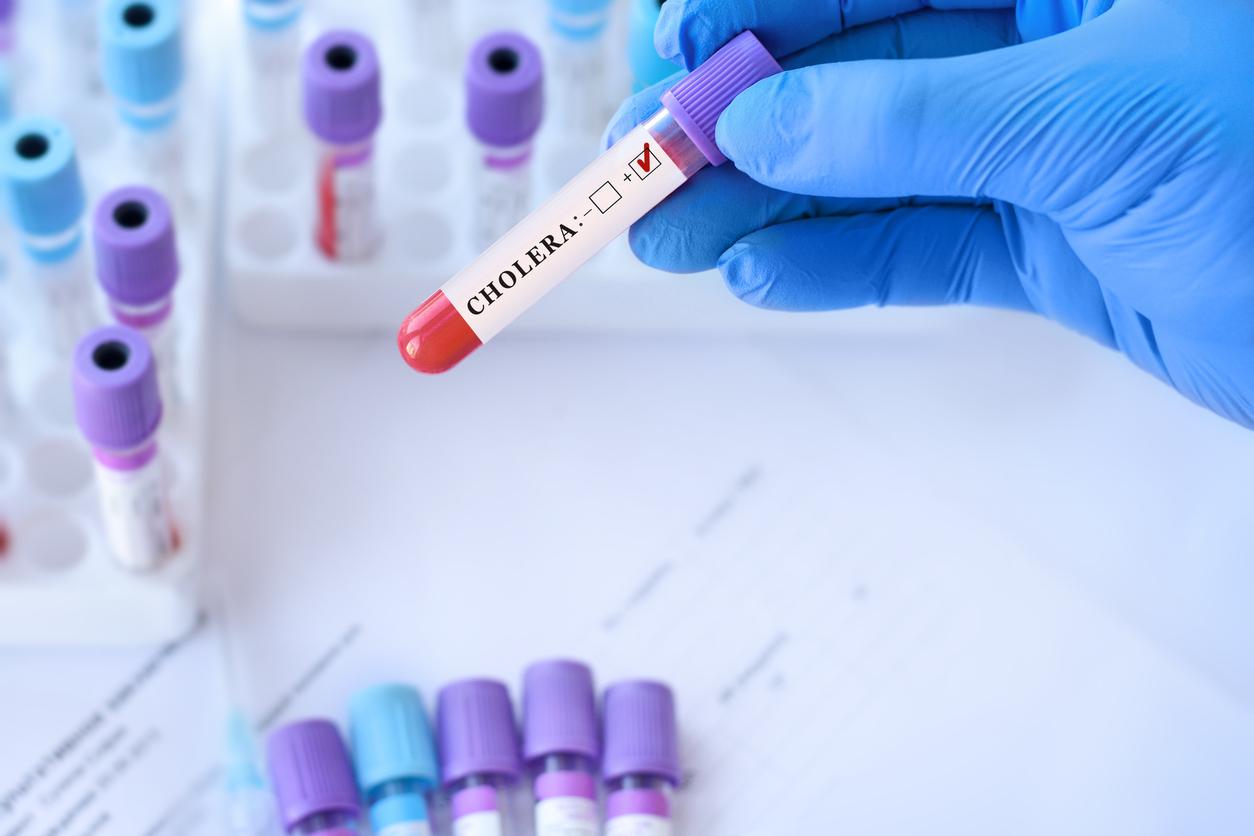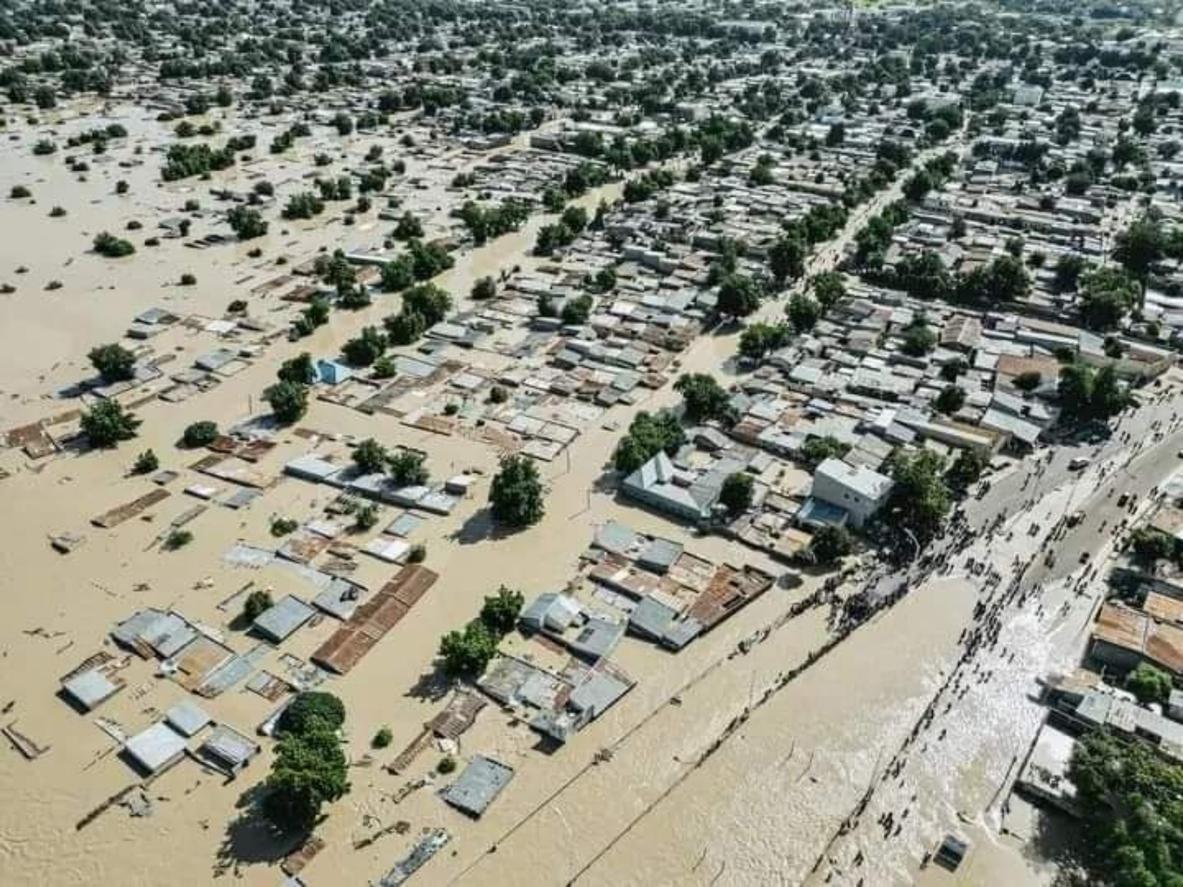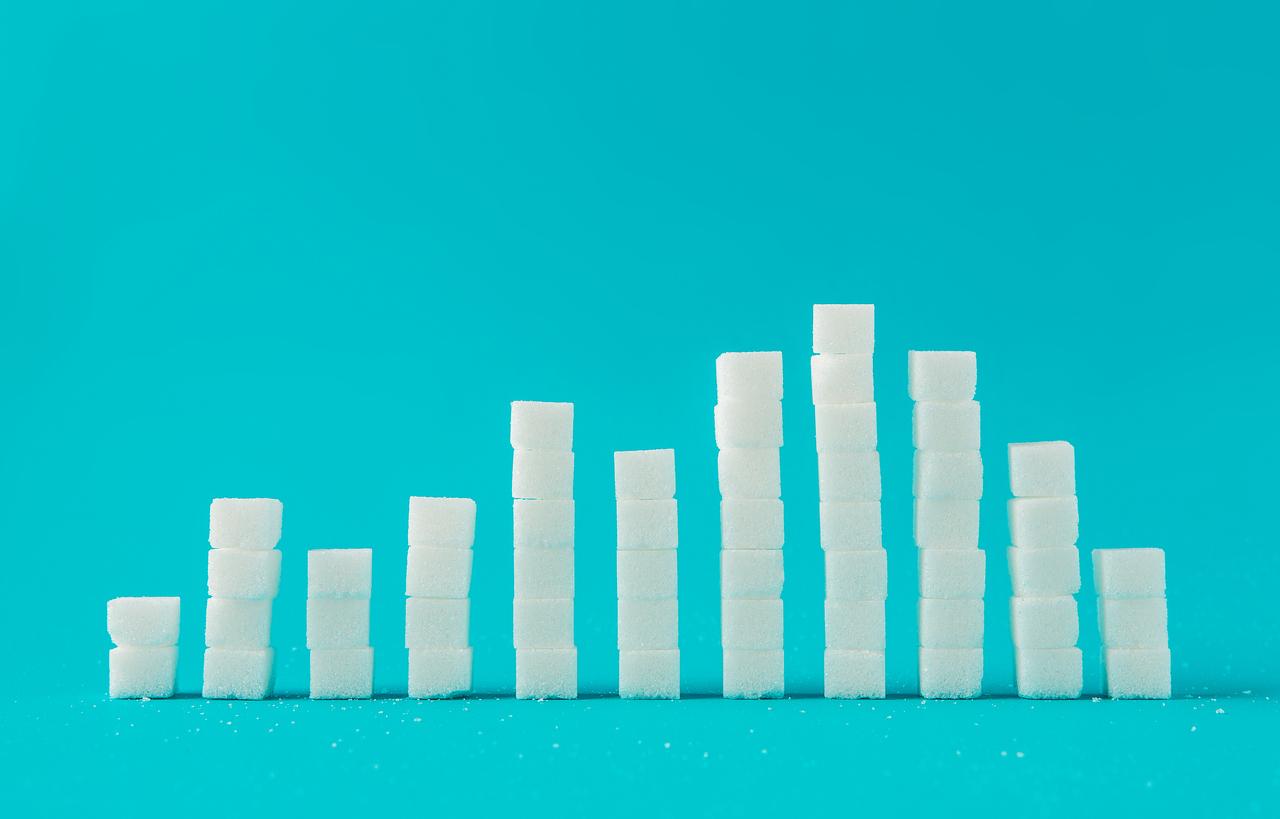When plastic degrades naturally, it produces polystyrene nanoparticles. In view of the increasing production of plastic in the world, Inserm researchers analyzed these particles and discovered that they modified the properties of cell membranes and therefore the activity of certain proteins.
A computer model
To understand the effects of these particles, the researchers created a computer model of the cell membrane.
“This model is certainly incomplete compared to a real membrane, made up of hundreds of different molecules. But it nevertheless correctly simulates the basic properties of a cell membrane, with a leopard skin appearance, made up of soft yellow areas and more rigid black”, describes Luca Monticelli, co-author of this work.
They then observed the effects of the presence of plastic particles. “Plastic nanoparticles are very hydrophobic and therefore have a strong affinity for lipids: once in the membrane, they feel good there and they stay there”, explains the researcher. They found “a decrease in the speed of movement of proteins in the membrane, a relaxation of the overall structure and a stabilization of specific domains called rafts. Known effects for certain pathologies: viral infections such as influenza or AIDS, Alzheimer’s disease or even prion diseases such as Creutzfeldt-Jacob. »
Polystyrene nanoparticles would be able to modify the properties of membranes and affect the activity of membrane proteins as well as their function. However, man is very often in contact with these substances.
The sea: a reserve of plastic
Indeed, 280 million tons of plastic are produced worldwide and unfortunately represent a considerable part of the waste, a significant part of which ends up at sea. However, after decades of decomposition, this plastic is transformed into nanoparticles of polystyrene, whose health effects are still unknown.
For the authors of this survey, “the conclusions of this study should challenge the scientific community and mobilize it to study the consequences on human health of this pollution and degradation of plastic in the sea.”


















